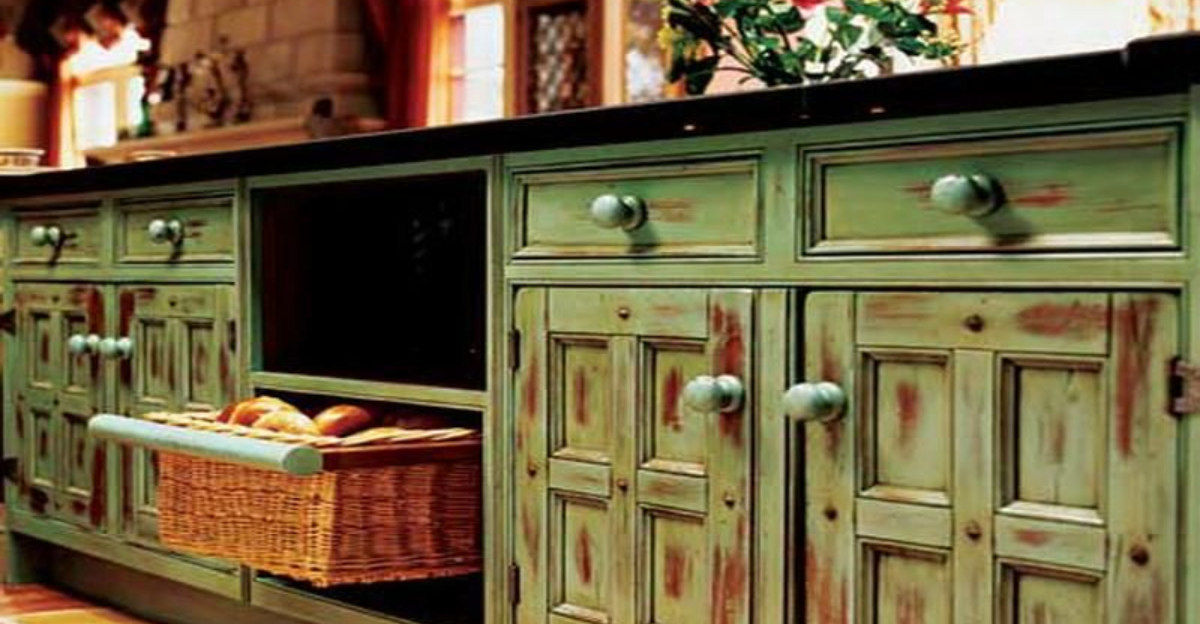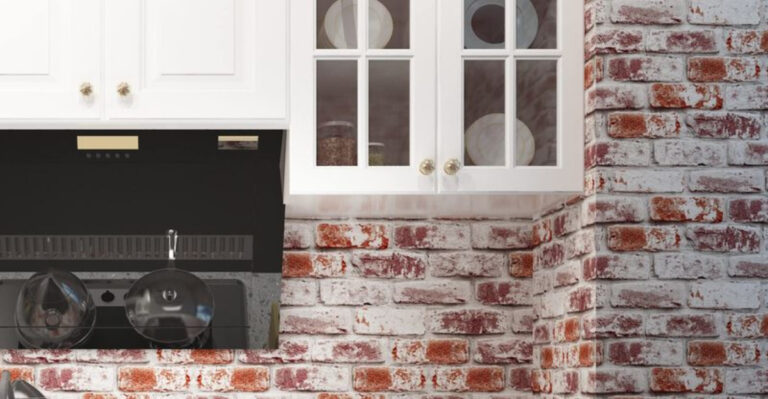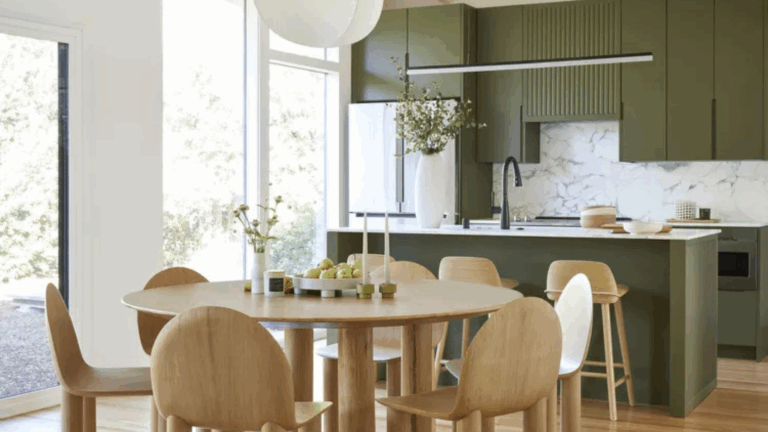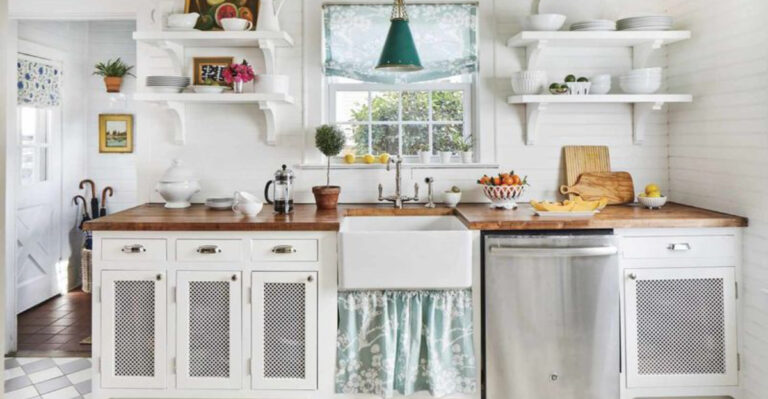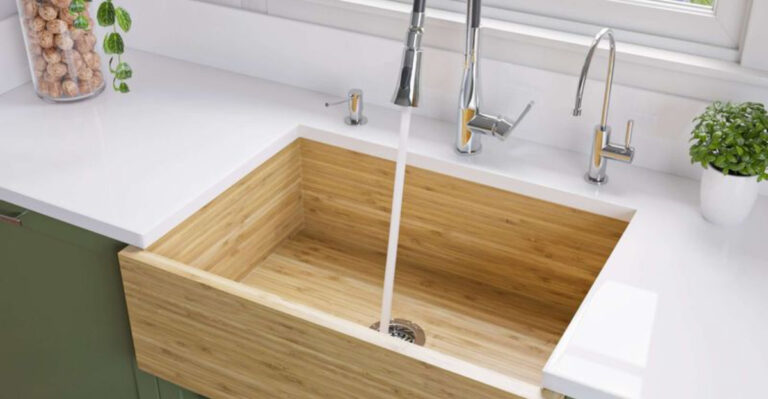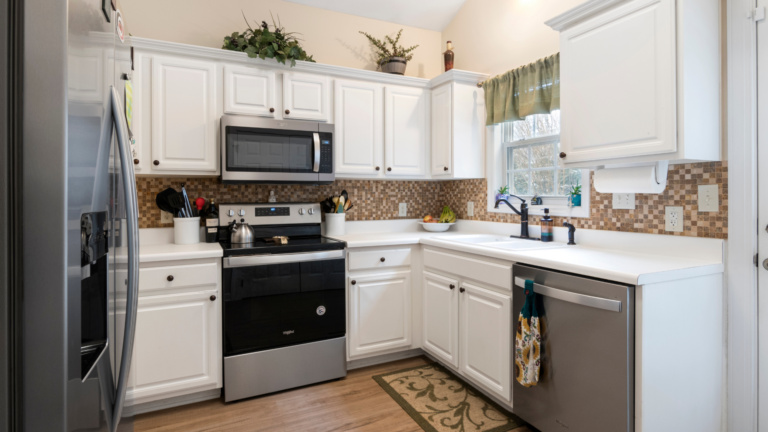22 Outdated Cabinet Trends That Make Your Kitchen Look Like You’re Not Bothered
I’ll admit it—I didn’t think twice about my kitchen cabinets until one day the whole space just felt… worn out. Cabinets aren’t just for storage; they shape the entire vibe of your kitchen. And let’s face it, what once felt trendy can now look downright outdated—or be a total nightmare to clean.
If your cabinets have seen better days, it might be time for a second glance. Even a simple update can transform the space, making it feel lighter, brighter, and way more practical without a full remodel. Sometimes, a small shift makes a huge difference.
1. Ornate Carved Details
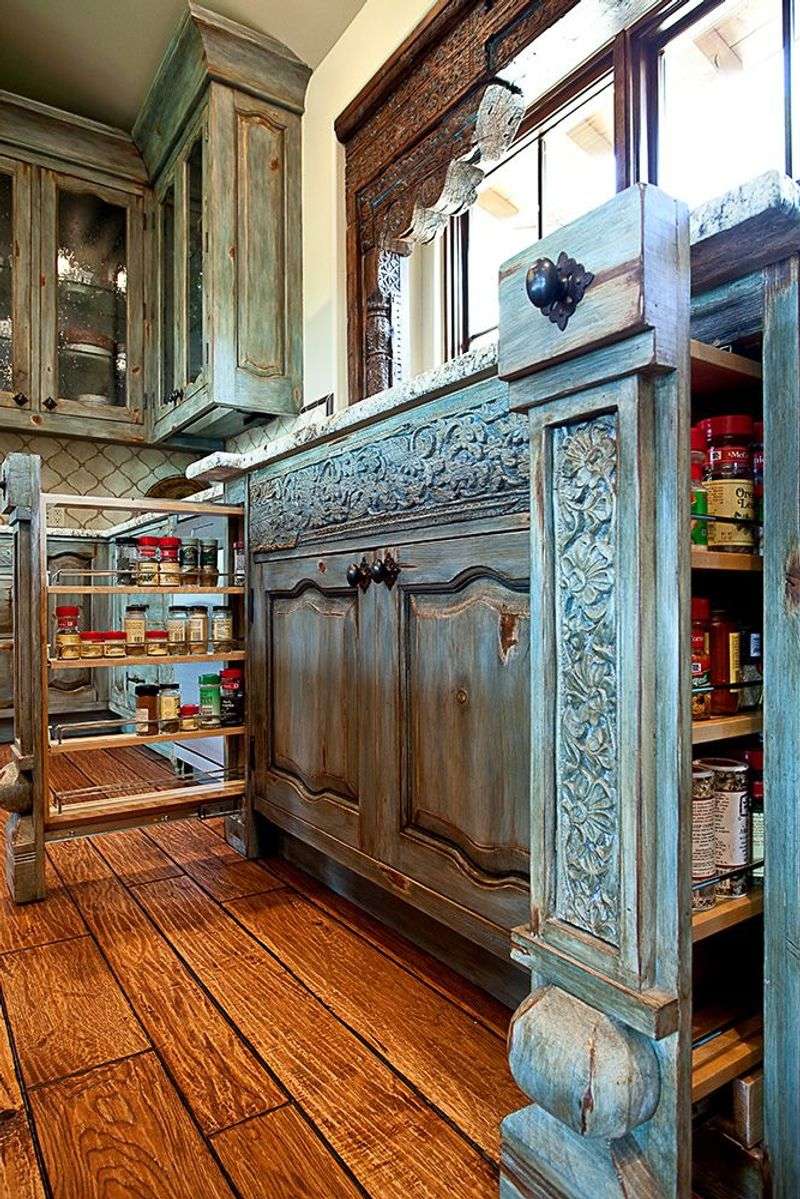
Those intricate carvings on your cabinet doors might seem fancy, but they’re actually dust magnets from another era. Every groove collects grime that’s nearly impossible to clean properly.
You’ll spend hours with a toothbrush trying to get into those tiny spaces, and still miss spots. Modern kitchens have moved toward cleaner lines not just for style, but for practical cleaning reasons too.
2. Honey Oak Overload
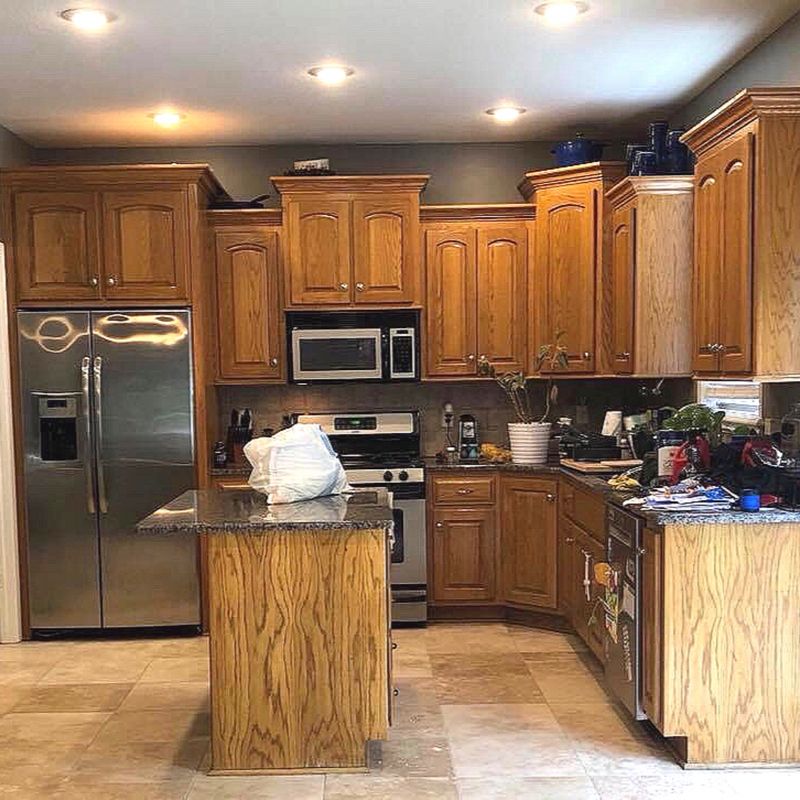
Remember the 90s when honey oak cabinets ruled kitchens across America? That orange-yellow tone now screams outdated faster than dial-up internet.
The warm hue tends to show fingerprints and grease stains more visibly than other finishes. Food splatters stand out dramatically against this background.
While wood cabinets can be timeless, this particular shade has fallen firmly into the “please renovate me” category.
3. Distressed Finishes Gone Wrong
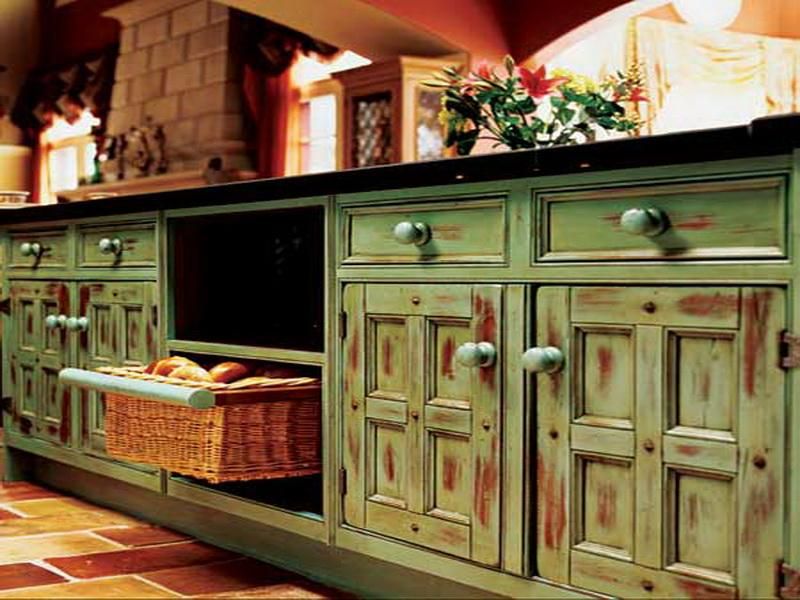
There’s a fine line between charmingly distressed and just plain dirty. Many homeowners jumped on this trend thinking it would hide actual wear and tear.
Instead, it created confusion about what’s intentional aging and what’s real grime. Guests might wonder if that dark spot is part of the rustic look or yesterday’s spaghetti sauce.
When your design intentionally mimics dirt, actual dirt becomes invisible until it’s a serious problem.
4. Glass-Front Cabinets Everywhere
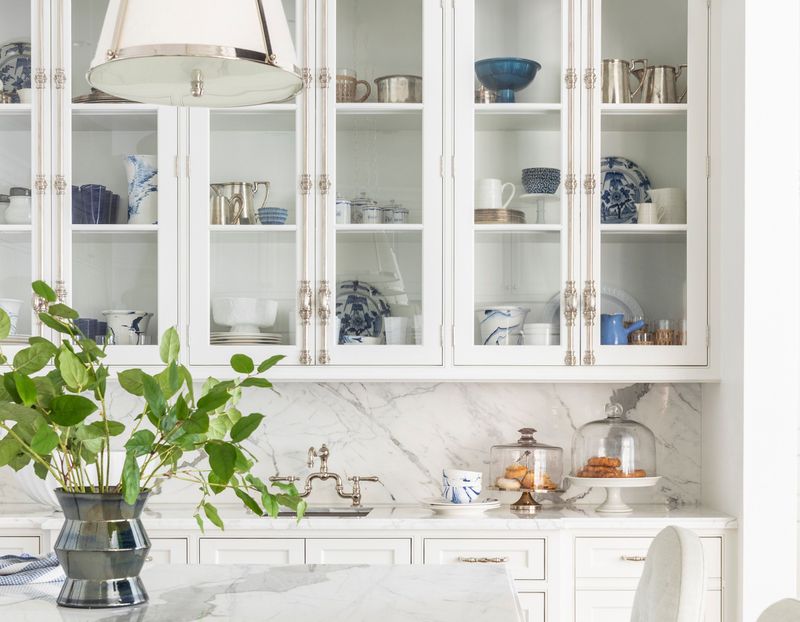
Glass cabinet doors looked stunning in magazines but turned into maintenance nightmares in real homes. Every fingerprint, water spot, and dust particle shows up like it’s under a microscope.
The inside requires constant organization too, since all your mismatched mugs and plastic containers are on display.
Unless you’re prepared for daily cleaning sessions, these transparent showcases quickly transform from elegant to embarrassing.
5. Visible Cabinet Hardware Hinges

Though once considered a charming farmhouse detail, those exposed hinges on cabinet doors collect grease and dust at alarming rates.
The small crevices around the metal components become nearly impossible to clean thoroughly. Cooking oils vaporize and settle on these surfaces, creating sticky spots that attract even more dirt.
Modern concealed hinges aren’t just about clean aesthetics. They also eliminate these hard-to-reach dirt traps that make your kitchen look perpetually grimy.
6. Faux Glazing Techniques
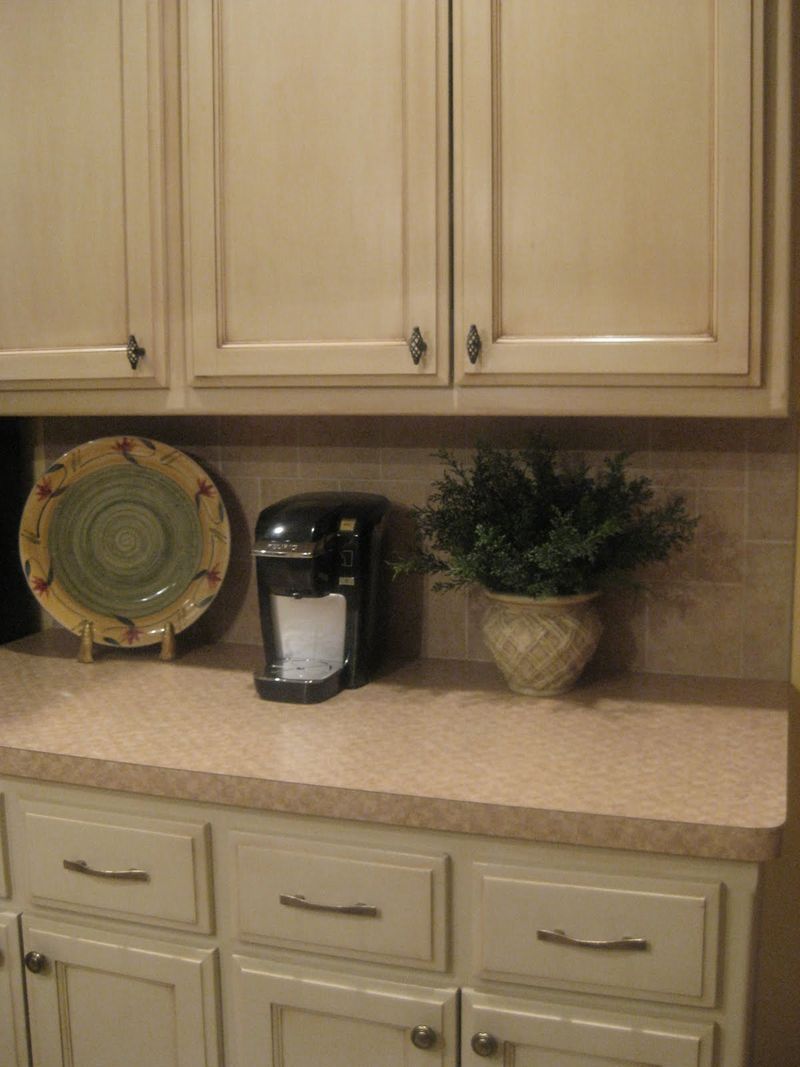
If your cabinets have that brownish glaze applied over the paint to create an “antique” look, you might be tricking yourself about cleanliness.
This trend from the early 2000s was supposed to add character, but mostly just mimics dirt. The intentionally darkened areas around edges and details make it hard to tell when actual grime has built up.
What looks like part of the finish might actually be months of kitchen grease that needs serious scrubbing.
7. Open Shelving Overload
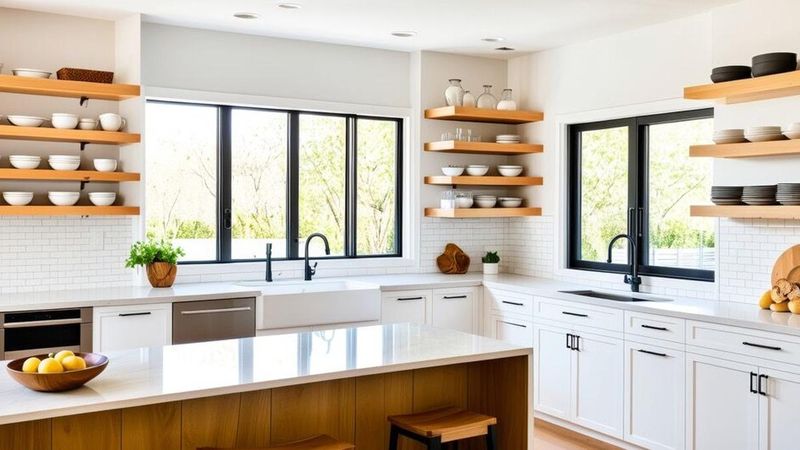
Open shelving looked fantastic in perfectly styled photos but fails spectacularly in everyday life. Without doors to protect them, your dishes and cookware are exposed to cooking grease, dust, and whatever else floats around your kitchen.
You’ll find yourself washing items before using them, even if they’ve just been sitting there. Plus, maintaining that Instagram-worthy styling becomes a full-time job when everything is visible all the time.
8. Tuscan-Inspired Finishes
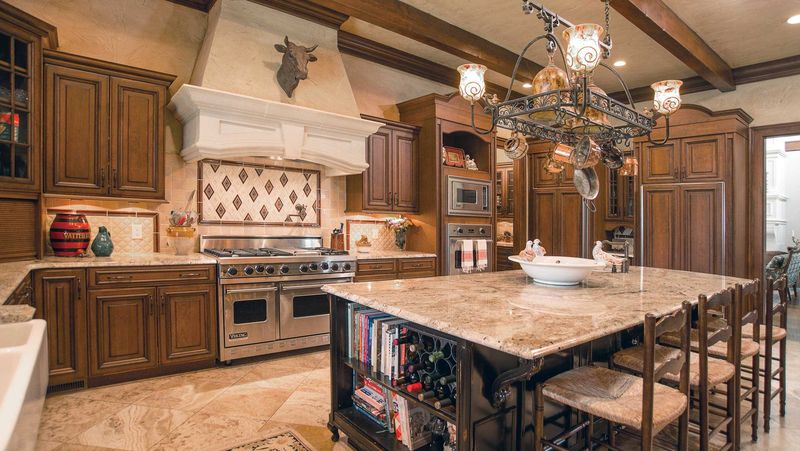
Those dark, faux-Mediterranean finishes popular in the early 2000s have not aged well. The heavily textured, often reddish-brown surfaces with black glazing were meant to feel old-world but now just look dated and dingy.
The uneven surfaces collect dust in ways that smooth cabinets don’t. Even when clean, they appear shadowy and grimy due to their intentionally aged look.
What once seemed rich and exotic now feels like it’s hiding years of cooking residue.
9. Whitewashed Wood Look

Whitewashed cabinets seemed like a bright idea in the 80s and early 90s. Unfortunately, the partially transparent finish shows every stain and discoloration that happens over time.
Coffee splashes, grease splatters, and everyday handling leave visible marks that the semi-transparent finish can’t hide.
The original charm fades quickly as the white portions yellow with age, creating an unintentionally dingy appearance that no amount of cleaning can fix.
10. Cathedral Arch Door Styles
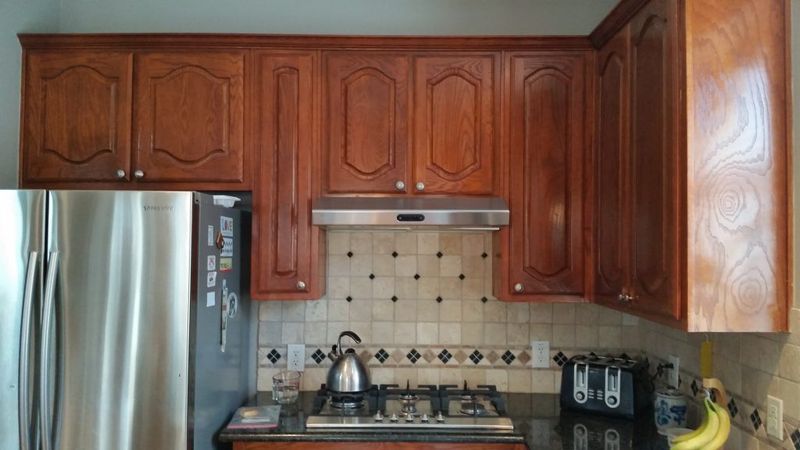
Those rounded-top cabinet doors popular in the 80s and 90s have fallen firmly out of fashion. Beyond looking dated, the curved upper areas create odd shadows that make cabinets appear dirty even when they’re clean.
The arched design often features grooves and details that trap dust and grease. When paired with those typical honey oak finishes of the era, you get a double whammy of outdated style that amplifies every speck of kitchen grime.
11. Country-Style Appliqués
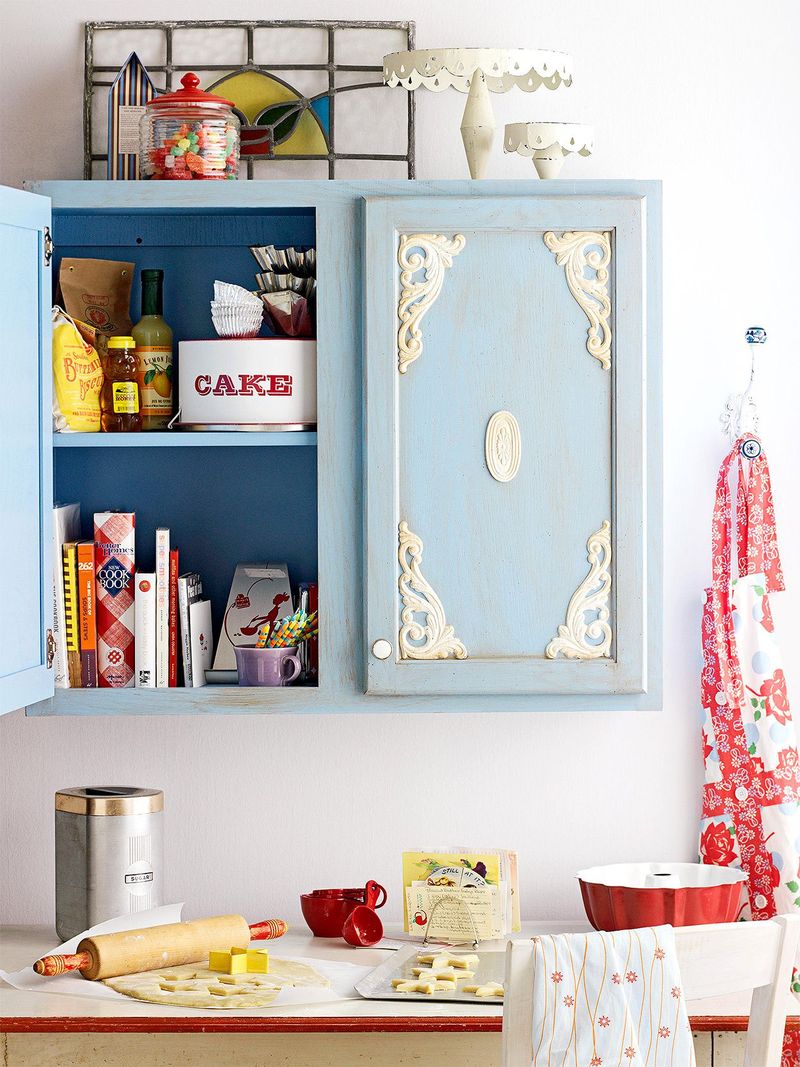
Remember those wooden hearts, stars, and other cutesy shapes glued onto cabinet fronts? This country-kitchen trend created countless tiny ledges where dust settles undisturbed.
The gaps between the appliqué and the cabinet surface become perfect hiding spots for grease and grime. What was once charming now just looks like you’ve attached dirt collectors to your cabinets.
Most homeowners don’t realize these decorative elements require special cleaning attention.
12. Busy Woodgrain Patterns
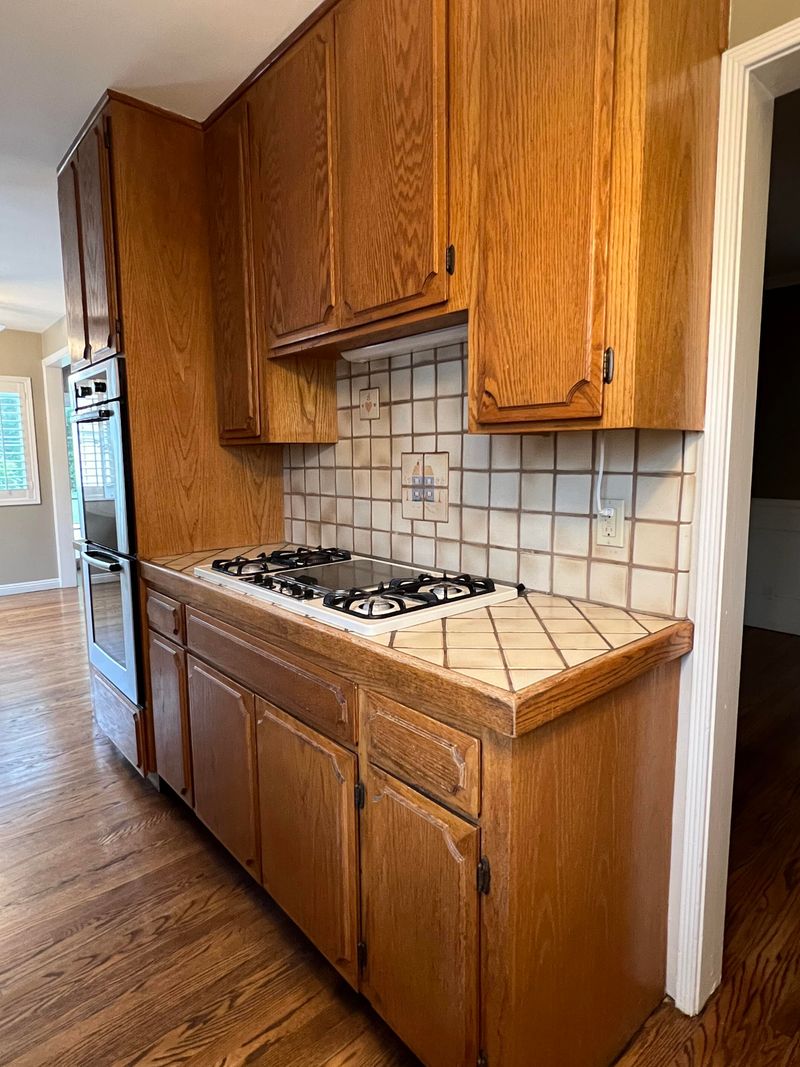
Heavy woodgrain patterns once signaled luxury and natural materials. Now they mostly just hide dirt until it becomes a serious problem.
The busy visual texture makes it hard to spot spills, fingerprints, and dust. You might think your cabinets look clean from a distance.
Get up close, though, and you’ll discover weeks of accumulated kitchen grime hiding in plain sight. Modern kitchens favor clearer finishes where cleanliness is easier to maintain and verify.
13. Unfinished Cabinet Tops
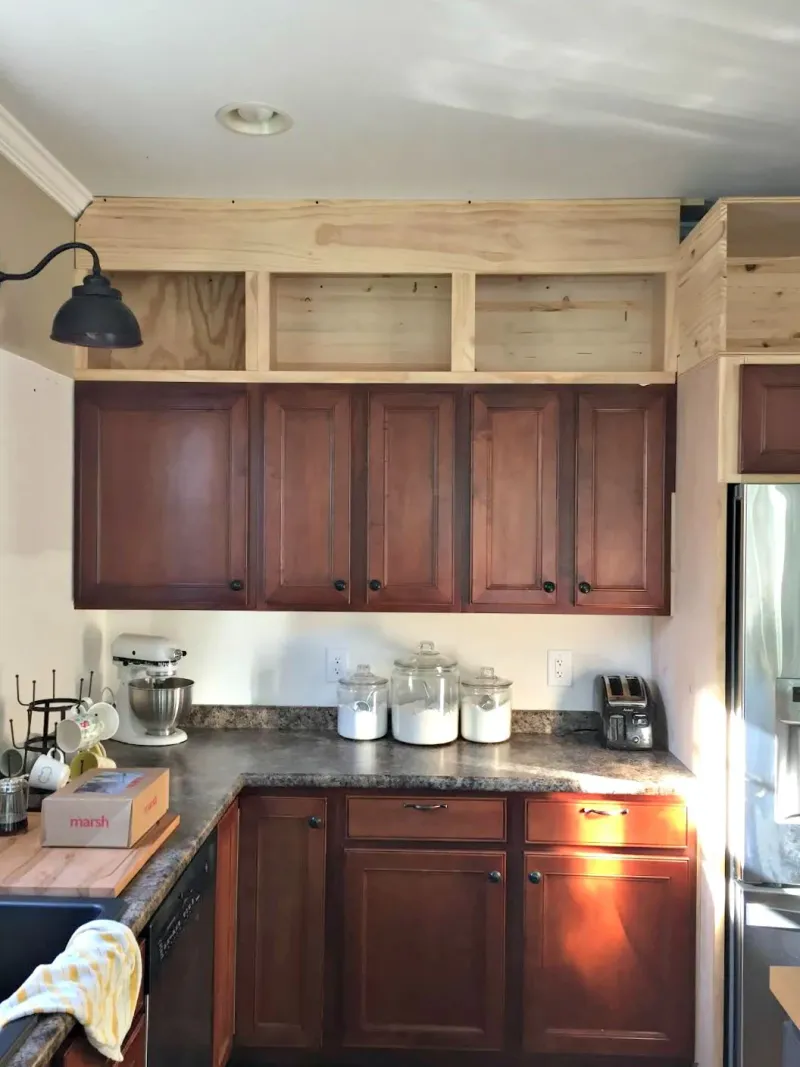
If your cabinets don’t extend to the ceiling, those flat tops become dust collection zones that nobody remembers to clean.
Out of sight usually means out of mind until you need to grab something from up there. Cooking grease and airborne particles settle on these surfaces, creating a sticky film that’s hard to remove.
This forgotten area might be the dirtiest spot in your kitchen, silently collecting grime while you focus on more visible surfaces.
14. Faux Finish Sponge Painting
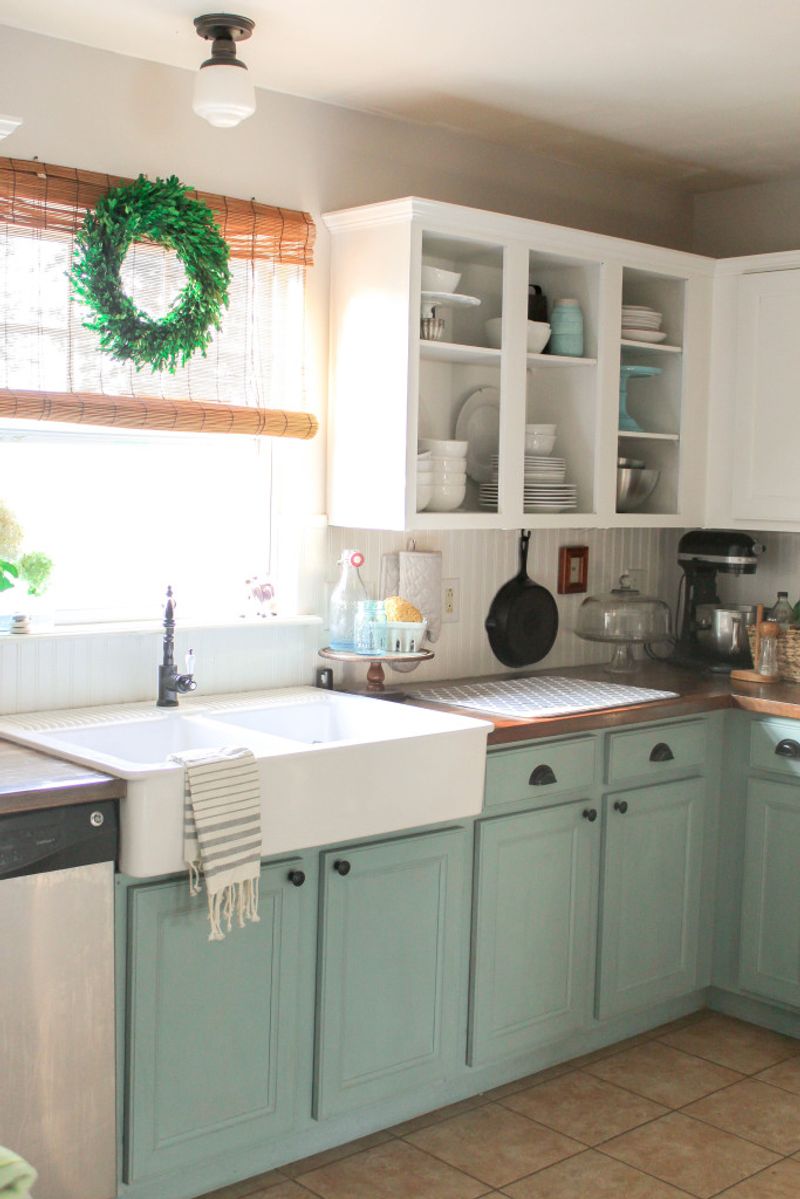
The sponge-painted cabinet trend from the 90s attempted to add texture and interest. Instead, it created surfaces where it’s impossible to tell if what you’re seeing is part of the pattern or actual dirt.
The irregular texture traps dust in its tiny valleys and peaks. Cleaning becomes a nightmare since standard wiping doesn’t reach into all the intentional texture variations.
What once seemed artsy now just looks perpetually grimy.
15. Excessive Routing And Trim
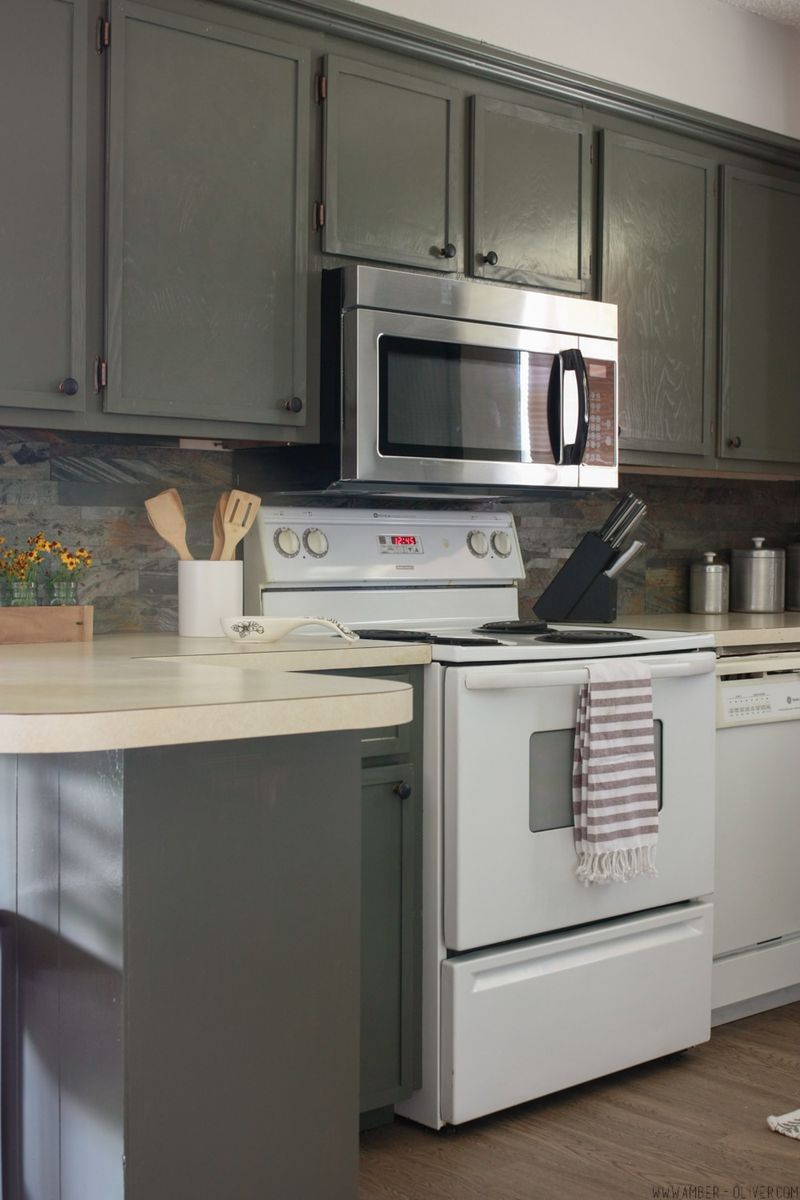
Cabinets with multiple layers of decorative routing and trim around each door might have seemed elegant once. Now they’re just dust traps with too many corners to clean properly.
Each little groove requires individual attention during cleaning. Most people give up and just wipe the flat surfaces, leaving grime to build up in all those fancy details.
Simplified cabinet designs aren’t just about modern aesthetics, they’re about practical maintenance too.
16. Textured Laminate Surfaces
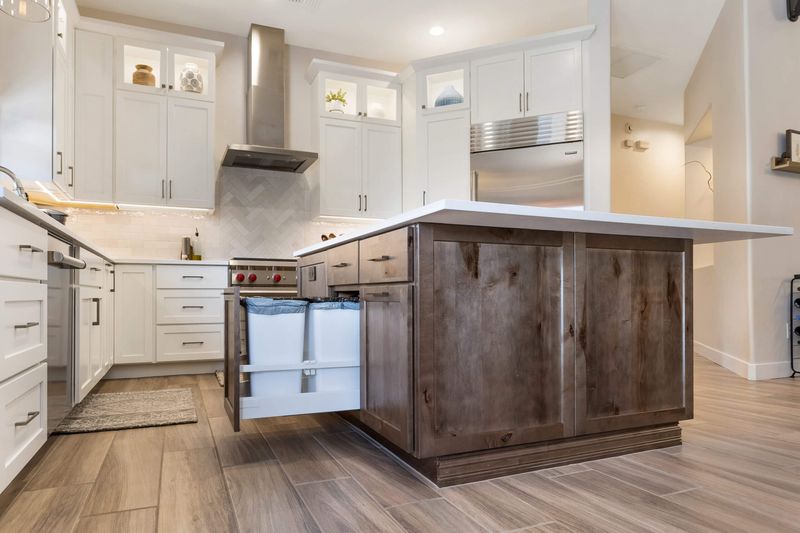
Some older laminate cabinets came with textured surfaces meant to mimic wood or other materials. These textures create tiny valleys where dirt settles and becomes nearly impossible to remove completely.
Regular cleaning just skims the surface, missing what’s trapped in the intentional texture. While smooth laminates can be wiped clean easily, these textured versions require scrubbing that eventually damages the finish, making them look even dirtier.
17. Recessed Panel Cathedral Doors
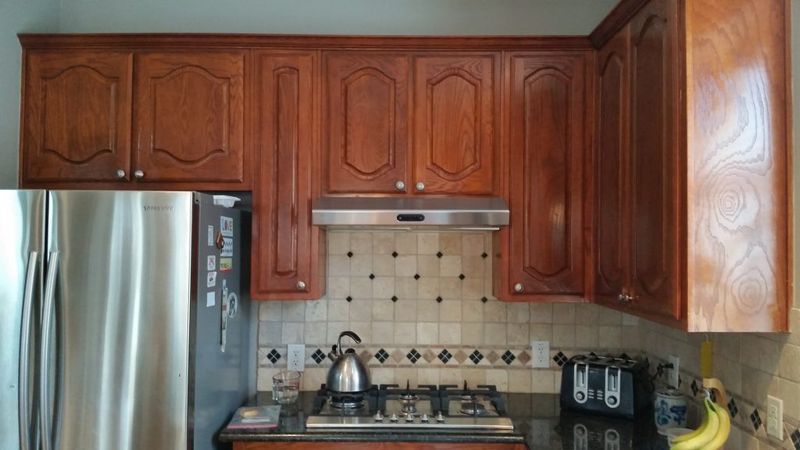
Combining cathedral arches with recessed panels creates a double problem for cleanliness. The recessed areas naturally collect dust while being harder to reach during routine cleaning.
The curved cathedral top adds another dimension of cleaning difficulty. Food particles and cooking residue find plenty of hiding spots in these design elements.
What was once considered elegant craftsmanship now creates extra housework that most busy homeowners simply don’t have time for.
18. Wear-Prone Cabinet Finishes
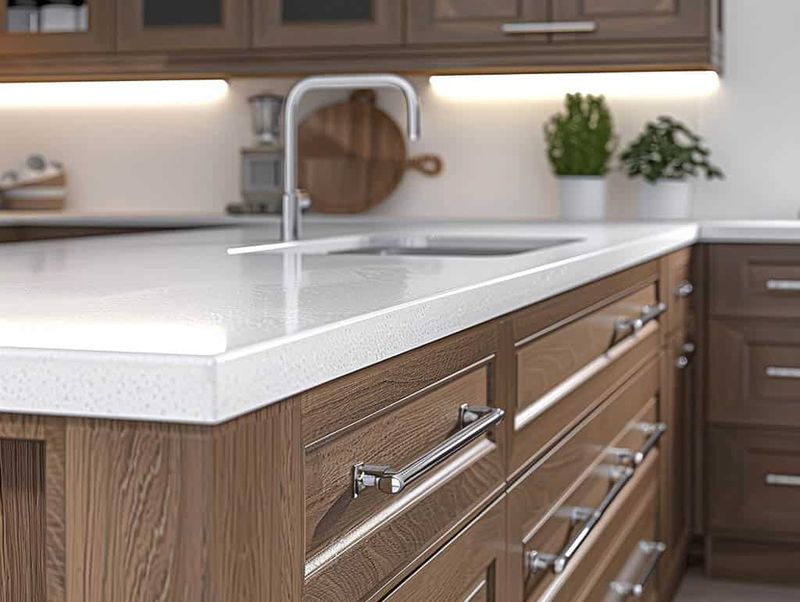
Some cabinet finishes just don’t hold up well to kitchen conditions. Certain paints and stains begin to wear away at touch points, creating patchy areas that look perpetually dirty.
Handles, edges, and areas around knobs show the most damage. Even with regular cleaning, these worn spots make the whole kitchen look neglected.
Modern finishes are designed with durability in mind specifically to avoid this common problem that makes even clean kitchens look dirty.
19. Neon Purple Laminate With Holographic Swirls
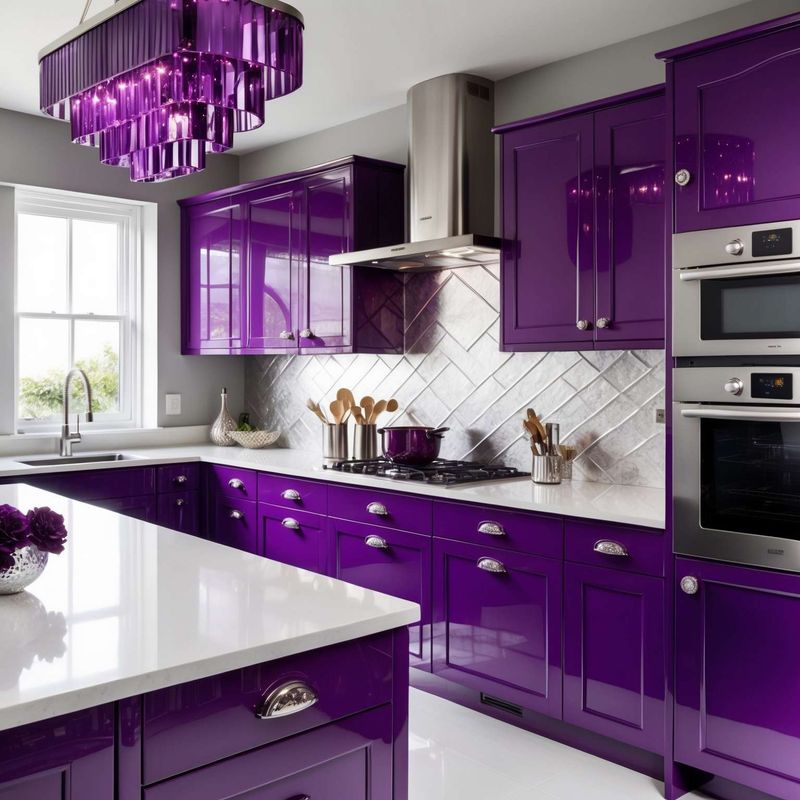
Picture walking into a kitchen that looks like a disco ball exploded all over the cabinets. Neon purple laminate with holographic swirls was somehow considered futuristic back in the day.
Now it just makes visitors wonder if you’re stuck in a time warp. The shimmering patterns catch every bit of light and create a dizzying effect that’s anything but appetizing.
Replacing these eye-searing cabinets with neutral tones will instantly make your kitchen feel more sophisticated and less like a nightclub from the 1980s.
20. Hand-Carved Viking Ship Door Panels
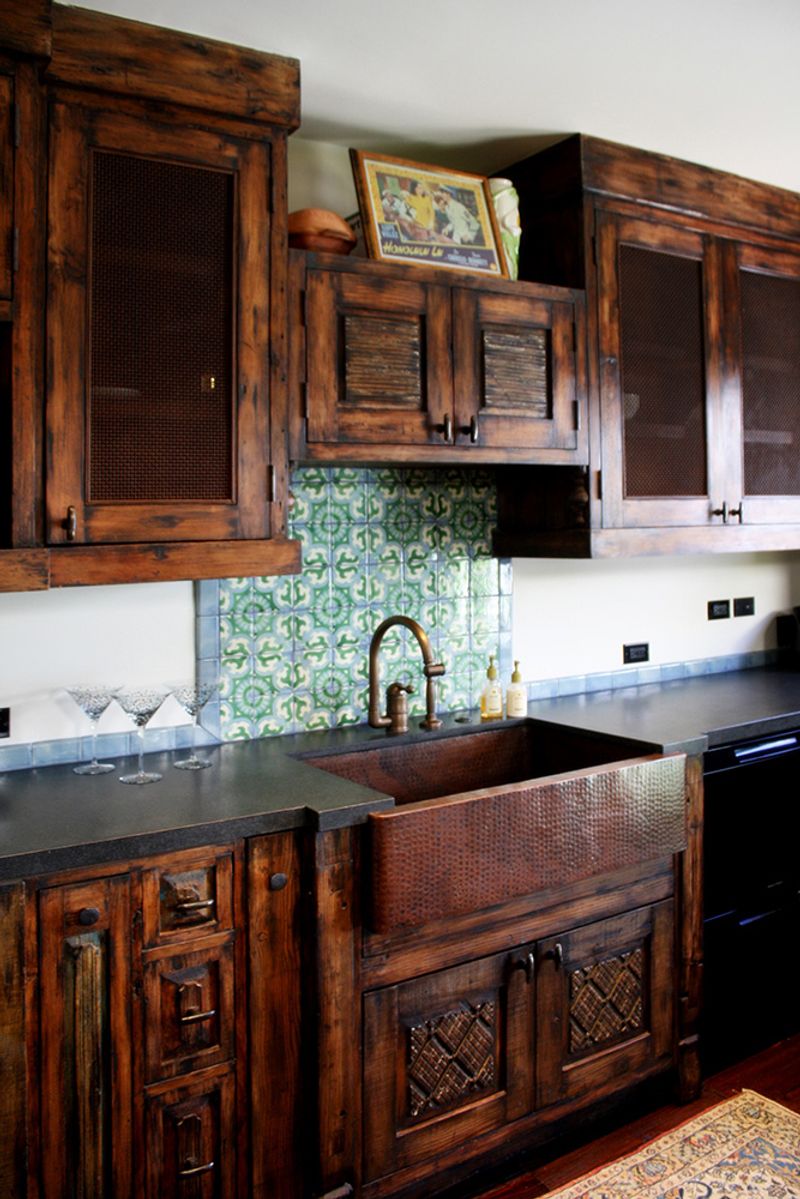
Someone thought turning kitchen cabinets into medieval art galleries was a brilliant idea. Hand-carved Viking ship door panels might showcase incredible craftsmanship, but they make your kitchen look like a theme restaurant.
These elaborate carvings collect dust faster than you can say “Norse mythology” and overwhelm the space with unnecessary drama. Every meal prep session feels like you’re cooking in a museum exhibit.
Switching to clean, simple cabinet faces will help your kitchen focus on function rather than looking like you’re preparing feasts for Thor himself.
21. Bold Checkerboard Patterns
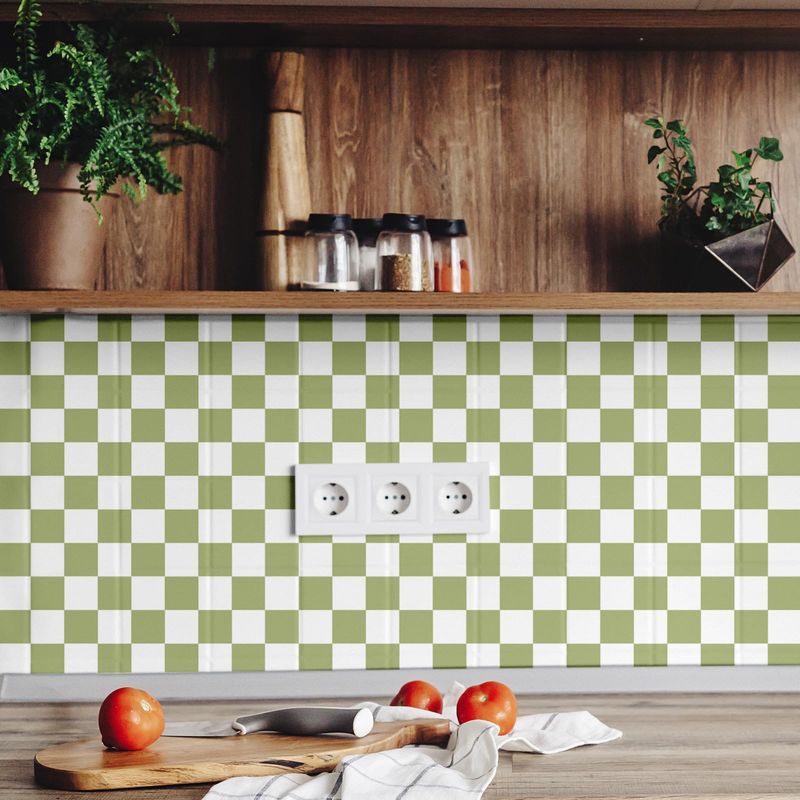
Remember the bold checkerboard patterns that once ruled kitchen floors and cabinets in the 1970s? While they were the epitome of trendy design in their heyday, today they can make your kitchen look cluttered and visually overwhelming.
The stark contrast of black and white squares might evoke nostalgia for some, but it tends to clash with modern minimalist aesthetics. Instead of complementing your kitchen space, it could dominate it, drawing attention away from more subtle, modern elements.
22. Faux Wood Grain Wraps
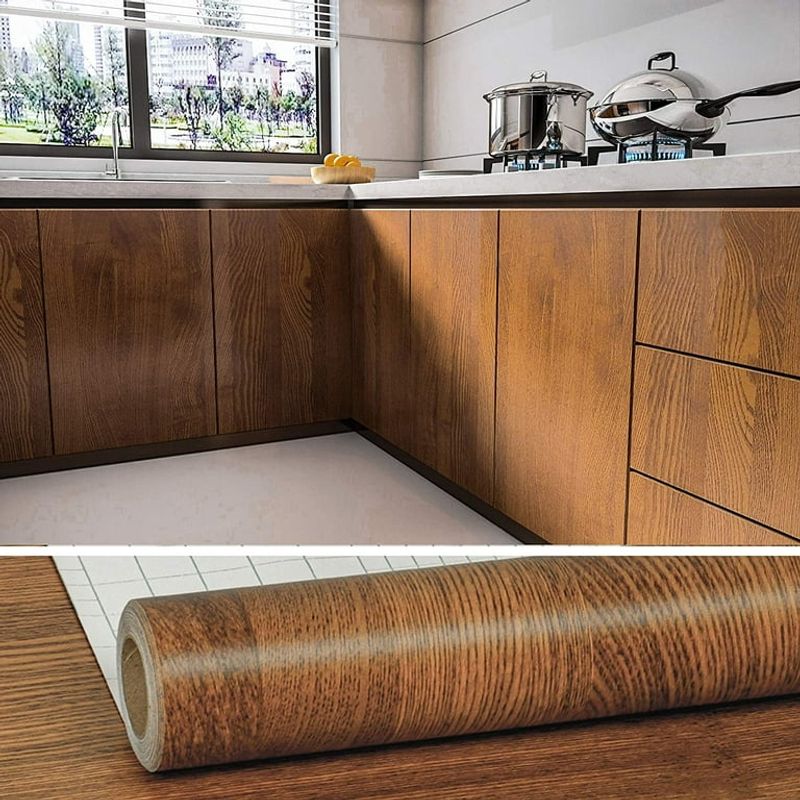
Faux wood grain wraps once offered a budget-friendly way to mimic the look of real wood. However, their decline in popularity is largely due to their tendency to peel and fade over time.
These wraps often lack the warmth and authenticity that real wood provides, leaving your cabinets looking artificial and worn. They can quickly date your kitchen, giving the impression of neglect and poor maintenance.
Replacing these wraps with genuine wood veneers or painted finishes can rejuvenate your kitchen, providing an inviting and polished appearance.

